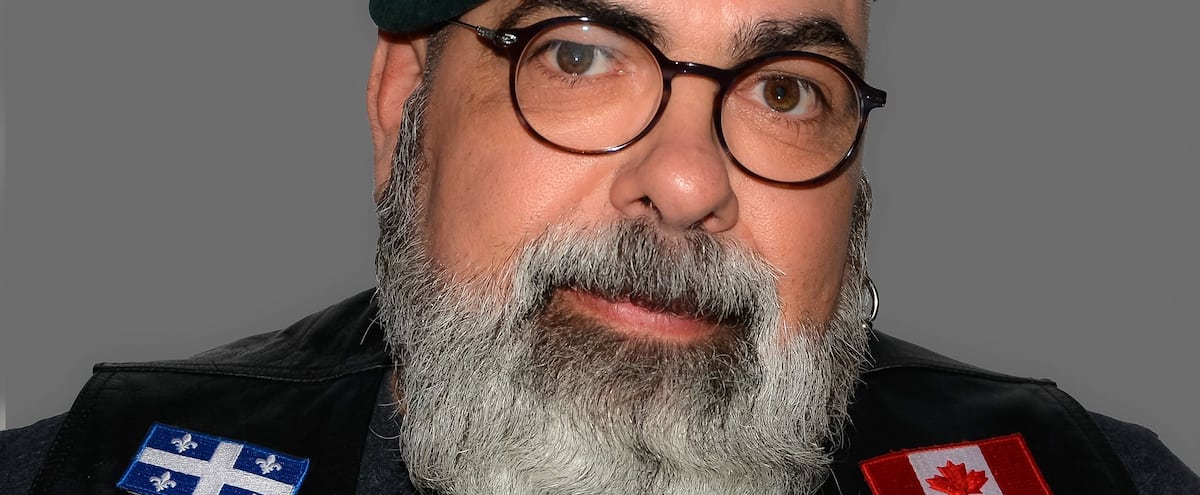The tangled
history of mRNA vaccines and the Canadian contribution:
As for linchpin technologies, many experts highlight another innovation that was crucial for mRNA vaccines — one that has nothing to do with the mRNA. It is the tiny fat bubbles known as lipid nanoparticles, or LNPs, that protect the mRNA and shuttle it into cells.
This technology comes from the laboratory of Pieter Cullis, a biochemist at the University of British Columbia in Vancouver, Canada, and several companies that he founded or led. Beginning in the late 1990s, they pioneered LNPs for delivering strands of nucleic acids that silence gene activity. One such treatment, patisiran, is now approved for a rare inherited disease.
After that gene-silencing therapy began to show promise in clinical trials, in 2012, two of Cullis’s companies pivoted to explore opportunities for the LNP delivery system in mRNA-based medicines. Acuitas Therapeutics in Vancouver, for example, led by chief executive Thomas Madden, forged partnerships with Weissman’s group at UPenn and with several mRNA companies to test different mRNA–LNP formulations. One of these can now be found in the COVID-19 vaccines from BioNTech and CureVac. Moderna’s LNP concoction is not much different.
The nanoparticles have a mixture of four fatty molecules: three contribute to structure and stability; the fourth, called an ionizable lipid, is key to the LNP’s success. This substance is positively charged under laboratory conditions, which offers similar advantages to the liposomes that Felgner developed and Malone tested in the late 1980s. But the ionizable lipids advanced by Cullis and his commercial partners convert to a neutral charge under physiological conditions such as those in the bloodstream, which limits the toxic effects on the body.
What’s more, the four-lipid cocktail allows the product to be stored for longer on the pharmacy shelf and to maintain its stability inside the body, says Ian MacLachlan, a former executive at several Cullis-linked ventures. “It’s the whole kit and caboodle that leads to the pharmacology we have now,” he says.
By the mid-2000s, a new way to mix and manufacture these nanoparticles had been devised. It involved using a ‘T-connector’ apparatus, which combines fats (dissolved in alcohol) with nucleic acids (dissolved in an acidic buffer). When streams of the two solutions merged, the components spontaneously formed densely packed LNPs
21. It proved to be a more reliable technique than other ways of making mRNA-based medicines.
Once all the pieces came together, “it was like, holy smoke, finally we’ve got a process we can scale”, says Andrew Geall, now chief development officer at Replicate Bioscience in San Diego. Geall led the first team to combine LNPs with an RNA vaccine
22, at Novartis’s US hub in Cambridge in 2012. Every mRNA company now uses some variation of this LNP delivery platform and manufacturing system — although who owns the relevant patents remains the subject of legal dispute. Moderna, for example, is locked in a battle with one Cullis-affiliated business — Arbutus Biopharma in Vancouver — over who holds the rights to the LNP technology found in Moderna’s COVID-19 jab.








